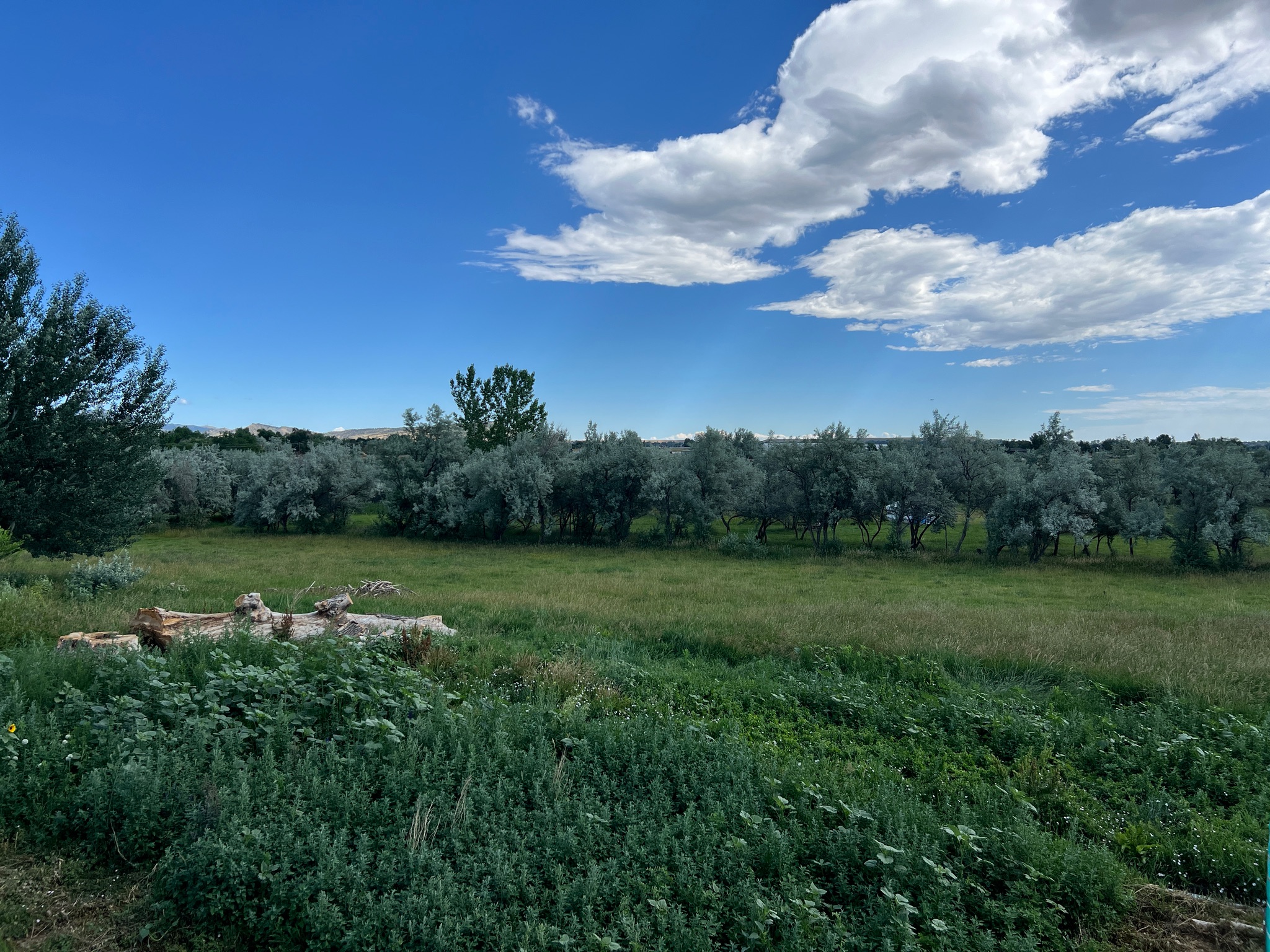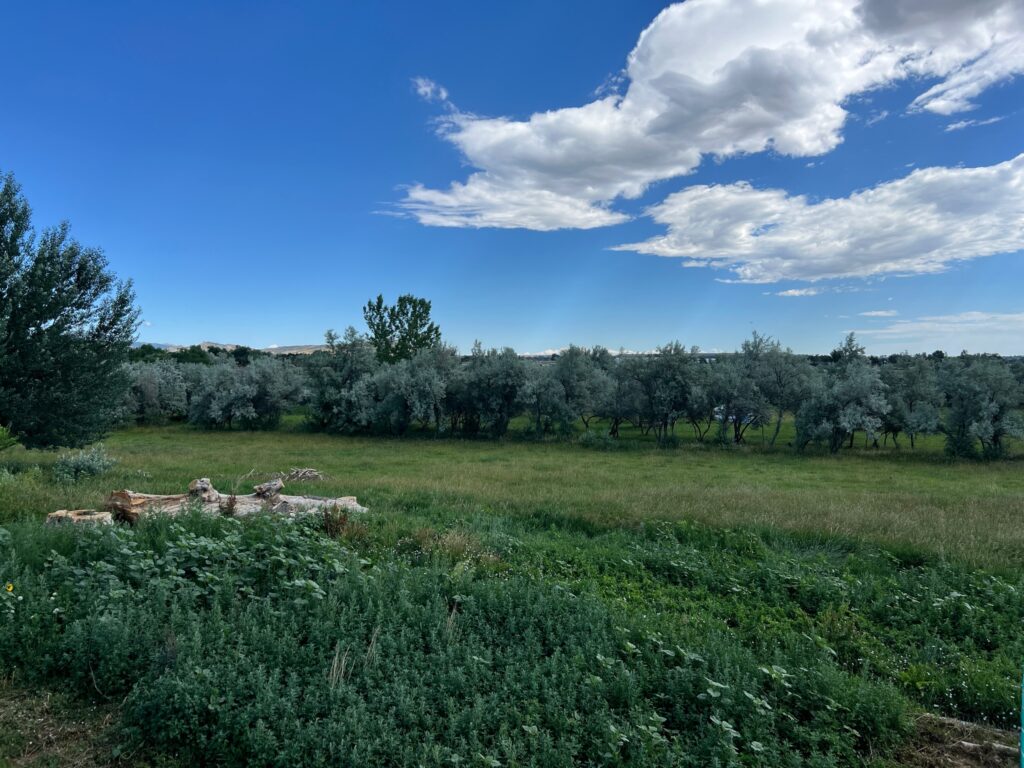
Regenerating the Land

There is a phrase we love, that we first encountered when working with the folks at the Boulder Outdoor Survival School (BOSS): Positive Impact. This rings true throughout the practices at Laughing Coyote. We recognize that as humans living on this planet, we will be making an impact, the question is, how will it impact the land and the people coming after us?
Each landscape is unique, and the Front Range of Colorado has its challenges, and incredible beauty. The dry climate, strong winter winds and strong sun can be hard on plants. As we harvest materials for primitive skills, we bring a caretaking mentality, ensuring that we are not negatively impacting plant species vital to the ecosystem. At other times, like when working with invasive species, we make sure to open up areas to allow for a diverse representation of plants. The interweaving of primitive skills and harvesting is an essential part of our programs.
This mentality also extends beyond our programs. The site where the bulk of our programs occur, Fire Willow Farm, is care for as a regenerative homestead. The term “regenerative” gets thrown a lot these days, inheriting the impulse that began with organic, then sustainable agriculture. We are very specific about what this means. In the last decade that Laughing Coyote has been on this site, we have observed the land growing richer. Grasses and forbs grow more densely in our pastures, there is an increase in tree and shrub species, supporting a huge array of mammal and bird species. The land is increasingly resilient in the dry times, looking like a green oasis when the surrounding areas are brown, showing an increased ability to hold water.
This has been achieved through a variety of practices. We rotate our small herd of Jersey milk cows daily in the green season, and their winter waste is turned into rich compost, which is spread in the fields. The chickens also move daily, spreading out the cow pies and adding their nitrogen rich waste to the soil. We actively reseed with grasses and legumes, and prune invasive plants to maintain shade but also create space for native species. We recently created a series of swales on contour to help spread out the water. In the past 10 years we have planted over 2000 trees, and this spring have plans to plant another 1000 seedlings.
There are more areas to explore to take care of this land, but the lens of primitive skills and the eyes of a naturalist has informed the journey thus far. Along the way, delicious, nutrient dense food has fed many people, produce from the farm forming the bulk of the menu on our overnight programs. Writing this in the winter, we eagerly await the greening up again in the spring to launch back into another season of caring for the land.



